There is no dearth of choice when it comes to the type of planters you can use for your plants.
Your choice of planters directly affects the health of your plant. So, which planter is the best for you? Let's understand what types of plant container materials are out there and which is the best for your plant needs.
Terracotta

Made from baked clay, Their natural texture and appearance is what appeals to plant owners the most. The pores in these clay pots allows air and water to circulate through the walls. Which is great for plant health as chances of issues like root rot become very low.
If you want to keep things as natural as they can be, terracotta is a great choice. However, keep in mind that these planters require:
- More watering due to constant seepage
- More care due to easy breakage
- Good eye to pick the best quality baked planter
- Less movement as they can be pretty heavy
Ceramic

Ceramic is another type of planter made out of clay. It is a light coloured clay. Unlike terracotta, it does not have a bright colour. Ceramic pots are often glazed from outside which is helpful in water retention. These pots can keep your plants hydrated for long. For people with busy schedules and extensive travelling activities, this quality of ceramic pots can be particularly helpful.
Ceramic pots can be found in a variety of colours, as the glaze used can be customised creatively. Their glazing makes them extremely strong. The chances of breakage are lesser than an unglazed terracotta. They usually only break upon fall.
Plastic

Plastic pots are considered to be cheap and unhealthy. However with time it has also emerged as the most used type of pot choice. The technology involved in making plastic planters has come far and there is a wide variety of plastic planters available that very closely mimics stone or clay planters. The quality of plastic has also improved over time.
Plastic planters are better for small plants. Big roots can penetrate through and cause these pots to break over time. They are an easy choice for nurseries and plant sellers dealing in big amounts of plants, as they are cheap and easy to transport without breakage. But we can't ignore the fact that plastic planters are extremely bad for the environment.
Stone

Amazingly weather resistant, stone planters are almost always high quality products. Their texture and appearance can be a testament to their quality. These pots can withstand the harshness of time and can look beautiful even after years of being in use. They are also very understated, which eventually puts all the focus on your plant.
Stone planters are 100% natural. They can easily be passed on to generations as they are extremely sturdy. These planters can be used both indoors and outdoors. Stone pots are great for neutral places like office spaces.
Metal

Metal planters are rarely used, yet they provide that traditional look to your garden. Cast iron pots are susceptible to rust. Coating them with anti rust paint yearly can potentially increase their lifespan. Sheet metal planters can be light in weight and easy to lift/move.
The downside to using these metal planters is that they can quickly absorb the heat and not only become overheated for plants to thrive in but can also be hot to touch. They work well in a colder climate. Cast iron is heavy to lift and even after delicate care rust is something that will definitely show sooner or later.
Coir

Coir is an excellent material for planters. They are environmentally friendly, biodegradable pots. Plants can be directly planted into the soil while in coir pots. Coconut coir has a high permeability that helps in air and water circulation.
Coconut coir is by nature anti bacterial and fungal resistant. It can last a long time which means these pots can be used for storage. This makes them ideal for seasonal growing. Coir planters are very affordable in cost.
Downside of using coir pots can consist of a high amount of salt. Their manufacturing process can include the coir to be dipped in salt water. This high content of salt in a coir planter can affect water and nutrient absorption by your plant. Which will eventually lead to an unhealthy plant. Avoid buying coir planters from manufacturers following this procedure.
Grow Bags/Fabric Raised Beds (Our recommendation)

Grow bags are un-arguably the best material for plant containers. Sewn from fabric that is lightweight and breathable. Grow bags are also super affordable. They are available in many sizes and materials.
Their appearance can't match the charisma of a ceramic coated pot or the grace of a stone made planter. They are strictly made focused on function rather than looks. Grow bags are best suited for growing vegetables. People with space issues can also grow vegetables with the use of grow bags. They are typically the best choice for shallow rooted plants.
Grow bags can be an outstanding choice of planters because:
- The fabric of these bags allow aeration and water circulation.
- Some grow bags come with side flaps to check plant health and growth.
- It is easy to store them after harvesting and reuse them every season.
- They are recyclable and earth friendly.
- Grow bags are great for introducing vegetable gardening to your children.
- These Biodegradable pots are great for transferring growing plants into larger soil beds.
- Grow bags are very cost effective, See yourself here.


 Sign In
Sign In



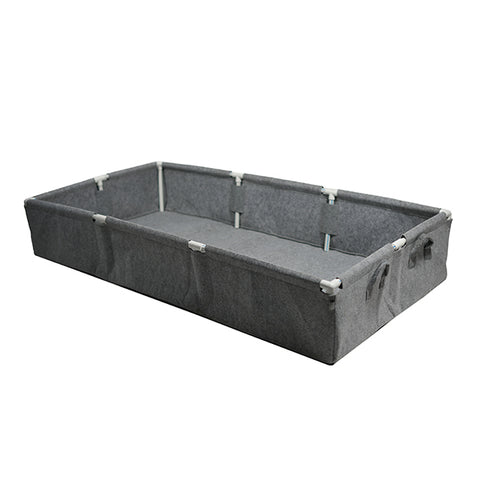
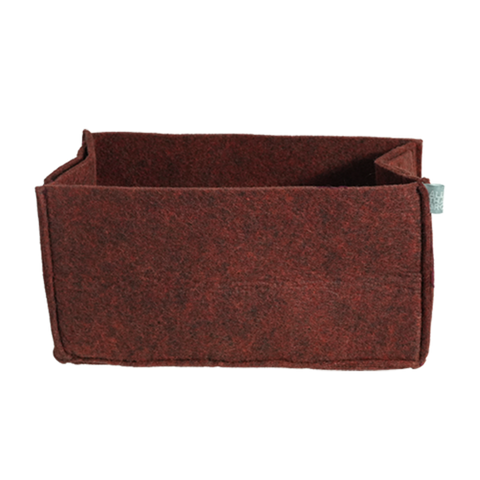
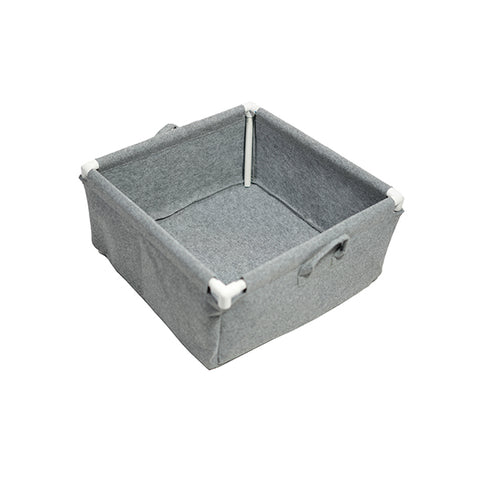


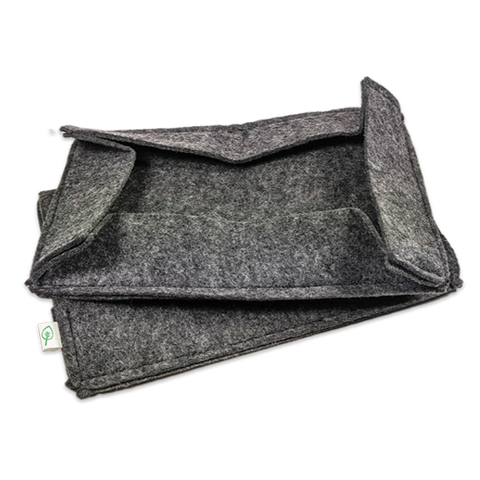

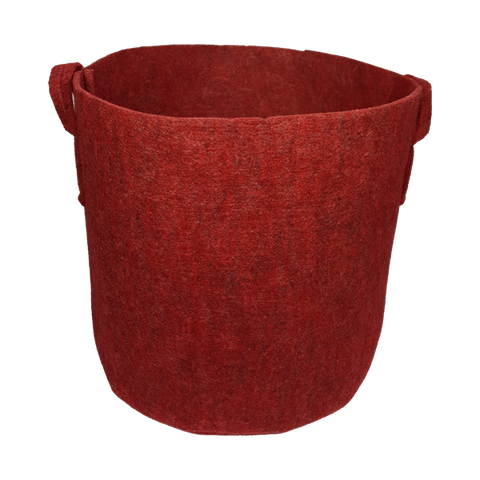
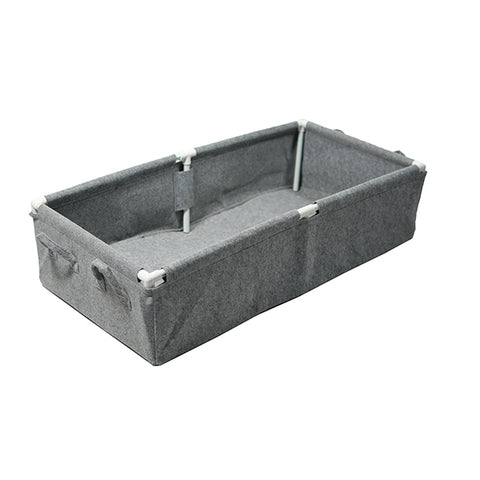






Let us know your feedback
* Comments must be approved before being displayed.